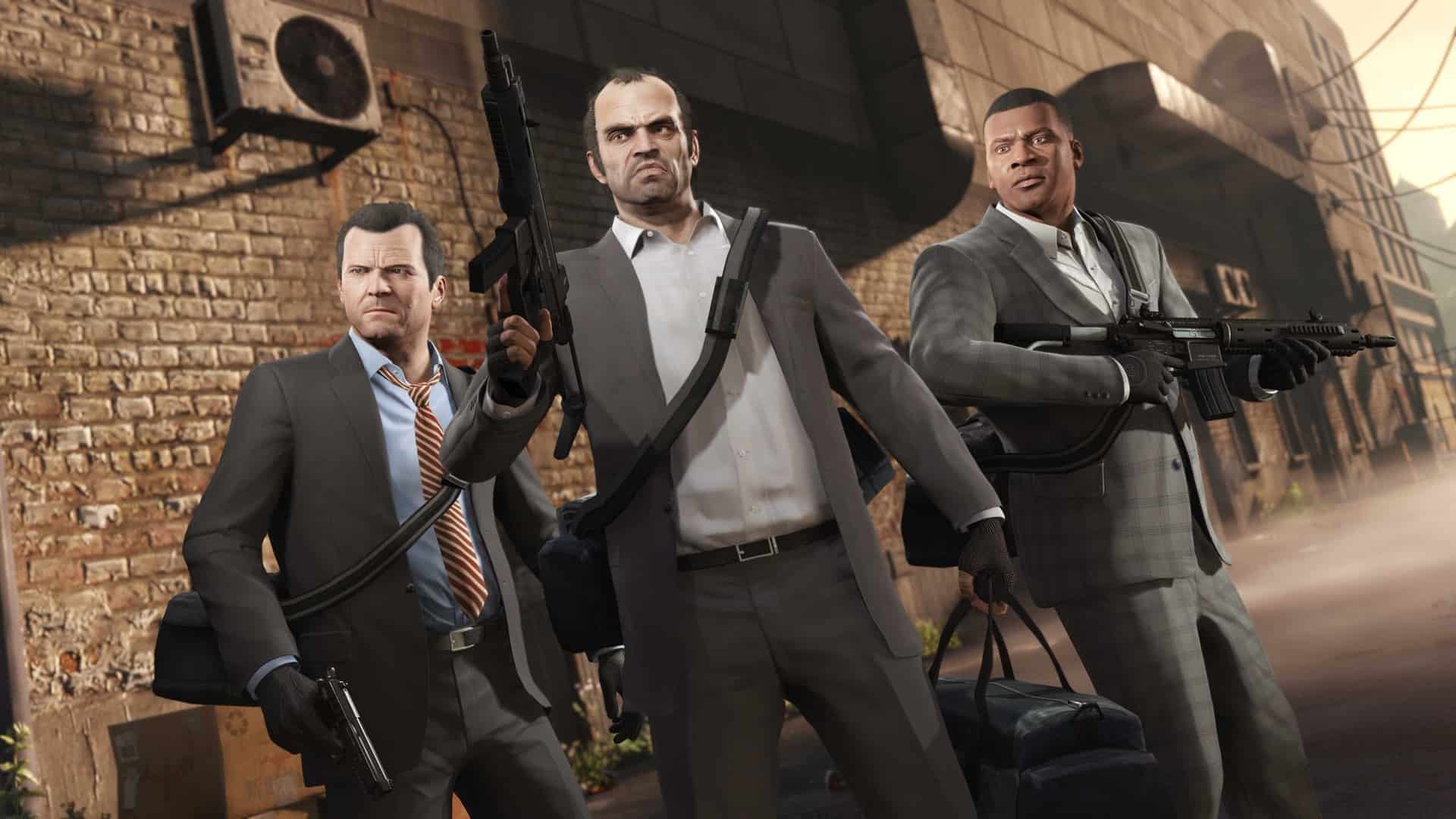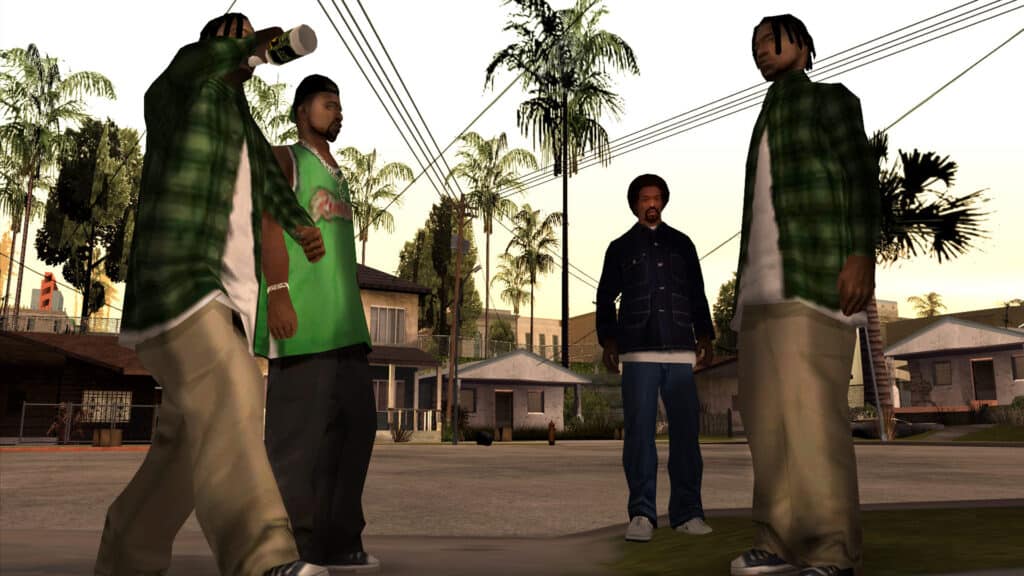The Grand Theft Auto series has been a cornerstone in the gaming world since its debut in 1997. Known for its open-world design, controversial themes, and immersive storytelling, the franchise has seen several iterations that have pushed the boundaries of what video games can offer. Over the years, GTA games have evolved from a top-down, arcade-style experience to a complex game world where players can explore, interact, and, of course, engage in criminal activity.
This evolution has made Grand Theft Auto a true cultural phenomenon. It is safe to say that it is one of the most prominent modern gaming franchises. This is proven by the fact that it has transcended the game sphere to the larger cultural context. With each new release, the series incorporates more impressive graphics, intricate plotlines with new twists, and vast interactive environments. The game series has managed to do all this while keeping the essence of the criminal underground intact. No wonder fans are always coming back for more, whether it is a new title in the series or an anticipated DLC.
In this article, we’ll take a dive into each of the games in the series individually, and in order.
Grand Theft Auto
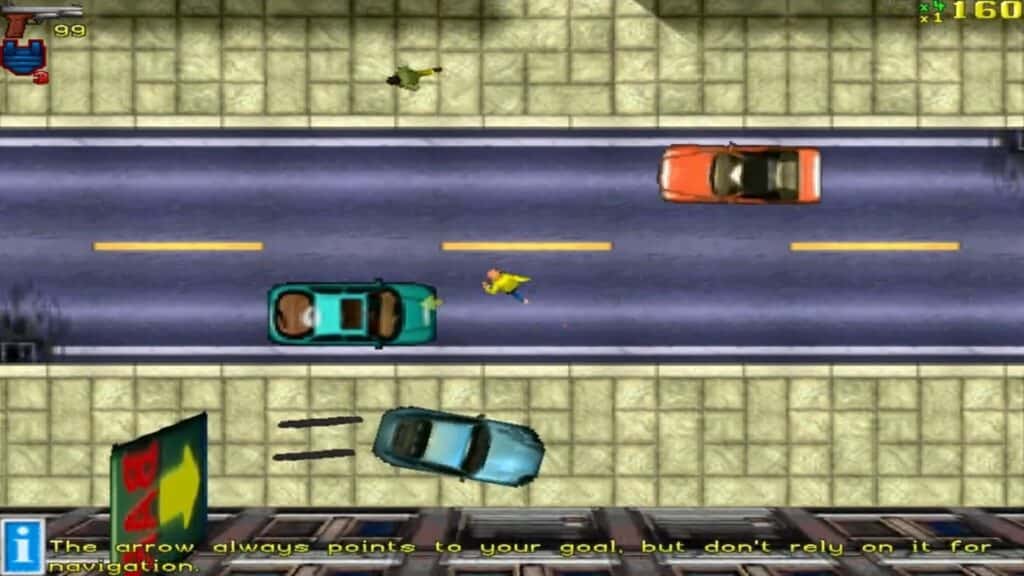
©Screenshot from Grand Theft Auto.
The original Grand Theft Auto game was developed by an independent game studio called DMA Design. It was released in 1997 after a string of struggles to make the deadline. This game marked the inception of a franchise that would go on to define a whole genre of action-adventure gaming. This first title broke new ground with its top-down perspective combined with an open-world environment. This setup allowed players to roam freely across three fictional cities inspired by New York City, San Francisco, and Miami. Rather than being solely mission-driven, the game encouraged exploration and offered a variety of tasks linked to a criminal underworld. The player could choose how to achieve their goals, which made the game revolutionary in terms of player agency.
The thematic focus on the criminal underworld wasn’t without controversy. However, this would not dissuade the developers but instead became a defining feature of the franchise. While other games of the era limited your actions to missions or specific tasks, Grand Theft Auto welcomed you to cause chaos, steal cars, or just explore the city and its offerings. This freedom in gameplay was a significant departure from the gaming norms of its time. This is especially true of an action-focused title like GTA. The game was by no means perfect, and received criticism, not only for its criminal tone. Nevertheless, the game was a commercial success. Some of its fundamental mechanics and ideas became staples of Grand Theft Auto titles to come. Not to mention, inspired a bunch of other game makers.
Grand Theft Auto 2
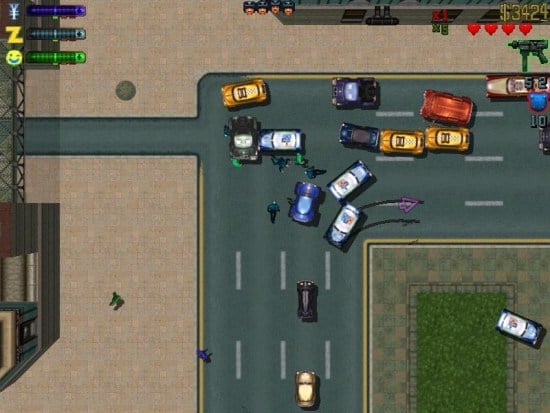
Grand Theft Auto 2 brought a fresh flavor to the franchise with its setting in a retrofuturistic metropolis known as Anywhere City. The locale was segmented into three distinct districts, each with its own mood and missions. Players could explore Downtown, Residential, and Industrial areas for different story and task aspects. This diverse setting was given the ambiguous time period that was somewhere in the near future. Another noteworthy feature was the game’s focus on gang dynamics. Unlike its predecessor, Grand Theft Auto 2 introduced a gang loyalty system. Players could take on missions from various crime syndicates and earn their respect, a mechanic that added a layer of strategy and depth to the gameplay. Performing well for one gang could simultaneously degrade your reputation with its rival, thereby altering the dynamics and available missions within the game. This feature has since been incorporated in newer GTA titles, as well.
In addition to its newly designed setting and mechanics, Grand Theft Auto 2 raised the bar for interaction within its world. Vehicles and pedestrians were more responsive to the environment. For example, gang members could engage in fights with the police. The game also featured a plethora of side missions and activities, ranging from running a taxi service to finding hidden packages scattered throughout the city. It also dove more into storytelling, including an eight-minute live-action film as its intro. Grand Theft Auto 2 is certainly not considered one of the better GTA games, perhaps due to a lack of a familiar city. However, it introduced key elements that would become staples in later titles.
Grand Theft Auto III
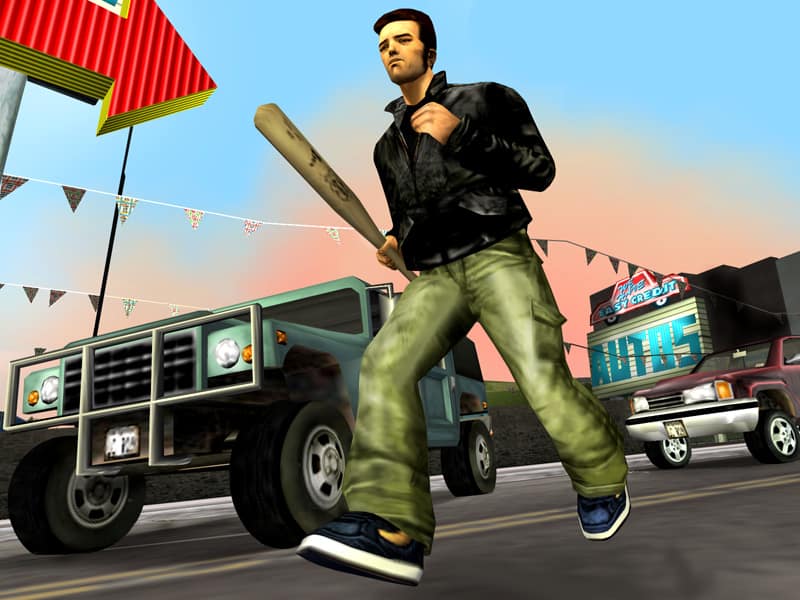
Grand Theft Auto III revolutionized the franchise by introducing a fully 3D open world, a first for the series. It is set in Liberty City, a fictional city modeled after New York City, which is considered the best of the environments in GTA. The introduction of a third-person perspective gave players a much more immersive experience. This with the much larger world with more interactive elements made the game a massive leap forward. Unlike its predecessors, which were largely linear, GTA III also allowed for multiple missions to be undertaken simultaneously. The game also innovated combat mechanics by allowing drive-by shootings, providing a whole new layer of tactical depth. The amount of freedom offered to players was increased exponentially.
Another groundbreaking feature was the Wanted system, in which committing crimes escalated police response as indicated by a star meter. This is one of the more important gameplay features in GTA to this day. The game had a more narrative-based approach. In it, the protagonist, Claude, engages in a story full of betrayal and revenge. This combination of open-world freedom, gameplay innovation, and thematic depth made GTA III undoubtedly one of the most important GTA titles to date.
Grand Theft Auto: Vice City
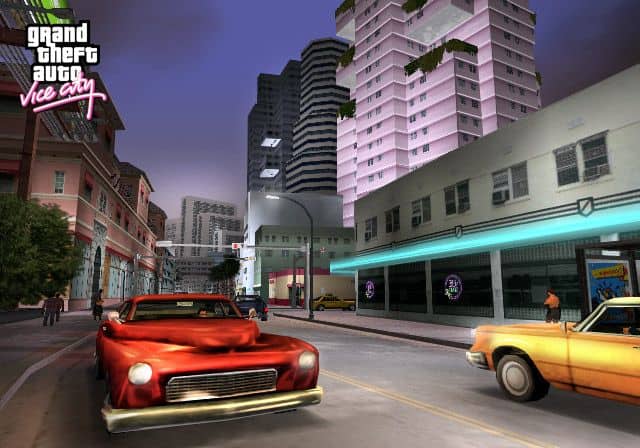
Grand Theft Auto: Vice City expanded the horizons of the franchise in new ways when it was released in 2002. One of its most celebrated features is the vibrant, neon-soaked setting of Vice City. This city immaculately captures the feel of Miami in the 1980s. It allowed for the narrative to develop in a different direction culturally. The game presents criminal elements in the light of the era, from drug cartels to the music scene. Distinct from its predecessor, Vice City introduced motorcycles and a wider range of vehicles, as well as a greater arsenal of weapons. The game also took storytelling to a new level with its Scarface-inspired plot. In it, players take on the role of Tommy Vercetti, a mobster aiming to rise through the ranks of the criminal underworld.
The game’s location with beaches, skyscrapers, and sketchy backstreets made it unique. The game took the cultural aspects to a new level, also featuring an iconic soundtrack. In terms of other advancements, the game brought more complex mission structures and a wide array of side activities. Players could engage in property management, participate in various mini-games, act as taxi driver, and, naturally, create havoc on the streets.
Grand Theft Auto: San Andreas
Grand Theft Auto: San Andreas followed in Vice City’s footsteps in delivering a strong narrative and theme. The game focuses on the life of Carl “CJ” Johnson as he navigates gang rivalries, corrupt authorities, and family drama in the fictional state of San Andreas. The game introduced role-playing elements that allowed players to customize CJ’s appearance and skills. Unlike its predecessors, San Andreas also integrated more varied gameplay options such as swimming, wall-climbing, and the ability to recruit gang members for drive-by shootings. These additions made the protagonist more versatile, which is something newer GTA titles have adopted as well.
Additionally, San Andreas expanded upon the open-world concept by eliminating loading times between different city districts, providing a smoother, more immersive experience. The game was the first in the series to feature multiple cities based on real-life locations, including Los Santos (Los Angeles), San Fierro (San Francisco), and Las Venturas (Las Vegas). The game also added to the diversity of vehicles, ranging now from bicycles to aircraft. In addition, there are more complex side missions, like gang wars and car modifications, that complement the main story. Many of these features made San Andreas a big step in the development of the franchise.
Grand Theft Auto Advance
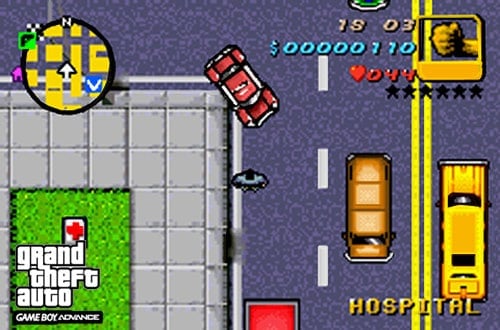
Grand Theft Auto Advance was a lateral move in the franchise. Developed by Digital Eclipse it is a prequel to Grand Theft Auto III. This installment took a detour from the fully 3D environments to mobile gaming. It was solely designed for Game Boy Advance and opted for a top-down perspective, similar to the first two titles. While the style was from the early GTA games, it integrated some elements from the 3D titles. These include vehicle-based side missions, a variety of weapons, and the safe house mechanic. The transition to Game Boy Advance brought about some limitations, such as the lack of animated cutscenes and pedestrian dialogue, but it provided a more portable GTA experience without compromising the franchise’s core elements of organized crime and open-world exploration.
One of the standout features of GTA Advance was its story, which dove into the underworld of Liberty City one year before the events of GTA III. Players could experience the most famous GTA environments in a new way and with a new storyline. It introduced an original character, Mike, whose journey through criminal networks and dangerous alliances was new to the franchise’s lore. Instead of the animated cutscenes, and due to hardware limitations, the game used hand-drawn art.
Grand Theft Auto: Liberty City Stories
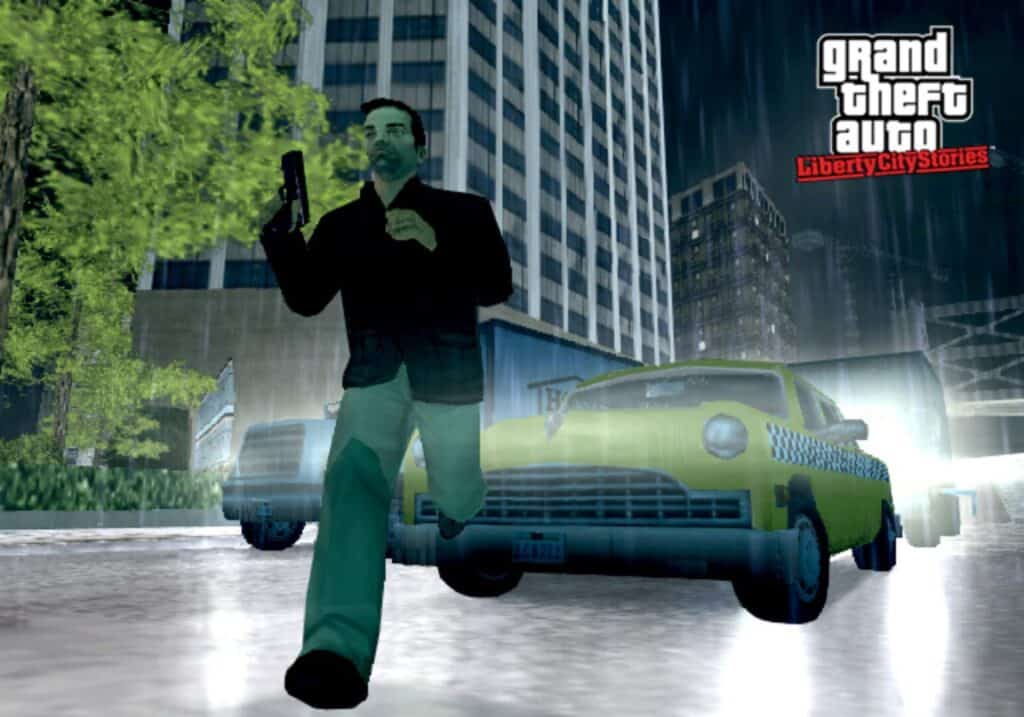
Grand Theft Auto: Liberty City Stories became the franchise’s first 3D title designed specifically for handheld devices. Developers first released it for the PlayStation Portable and then followed up with a PlayStation 2 version. The game stood out for its multiplayer capabilities, as the PSP version allowed up to six players to connect via Wi-Fi ad-hoc mode. Players could join in and participate together in various game modes. This functionality was a new addition at the time and expanded the franchise’s horizons. These days, online gameplay is increasingly important to the franchise.
Like its predecessor, it is a prequel to Grand Theft Auto III. The game takes the player back to Liberty City but adds some new elements, as well. Some buildings are now under construction, set for demolition, and feature more indoor environments. In terms of the narrative, one of the main characters from GTA III, Toni Cipriani, becomes the protagonist. Players take control of Toni as they rise in the mob world. It was a massive leap in terms of handheld gameplay in GTA, although lagged behind in features compared to main titles.
Grand Theft Auto: Vice City Stories
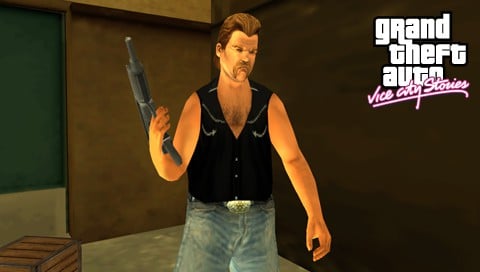
Another Stories game, Grand Theft Auto: Vice City Stories is primarily designed for the handheld console PlayStation Portable. It added some new features in terms of empire-building. As the protagonist, Victor “Vic” Vance, players could seize businesses from rival gangs and build their own criminal empire from scratch. It allowed players to choose the type of business they wanted to operate, ranging from protection rackets to smuggling rings. Each business came with unique missions that were a way to gain money and other perks.
Also, Vice City Stories took multiplayer gaming in the series a step further. Available exclusively in the PSP version, the game supported wireless multiplayer for up to six players across ten different game modes.
Grand Theft Auto IV
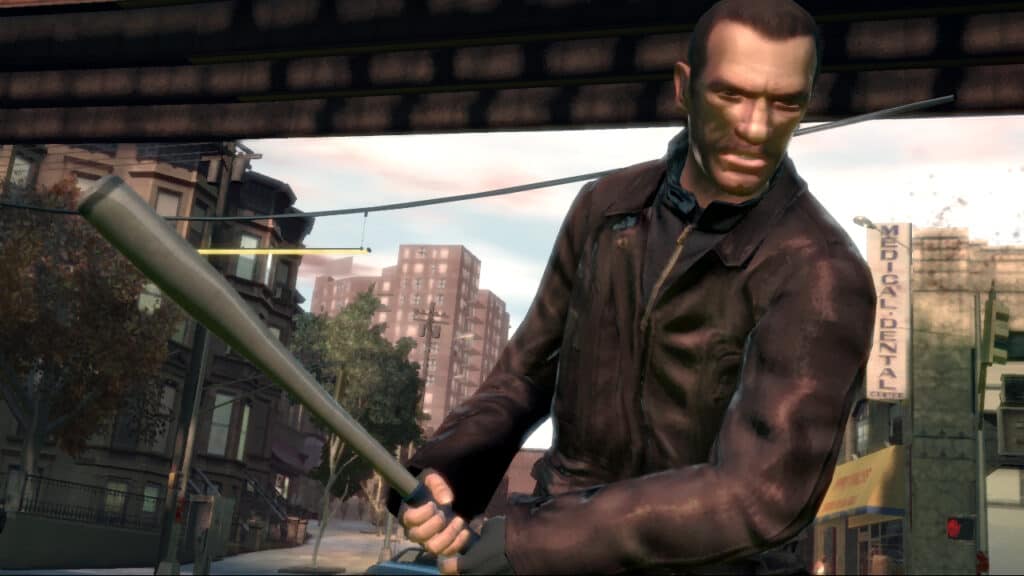
As another main title in the series, Grand Theft Auto IV brought a slew of innovations to the franchise when it debuted in 2008. Most notably, the game introduced a more realistic and gritty tone. In terms of the open world, it offered much more detail. The new narrative focused on Eastern European war veteran Niko Bellic. The game’s storyline adds more depth and nuance, and two DLCs further expand it. In addition, there were various technological advancements, such as a cover system in combat and an improved auto-aim mechanism.
In addition to its single-player story, Grand Theft Auto IV was groundbreaking for including an online multiplayer mode that supported up to 32 players. This allowed for a wide variety of both cooperative and competitive gameplay options. It was one major step towards a comprehensive online world of GTA Online.
Grand Theft Auto: Chinatown Wars
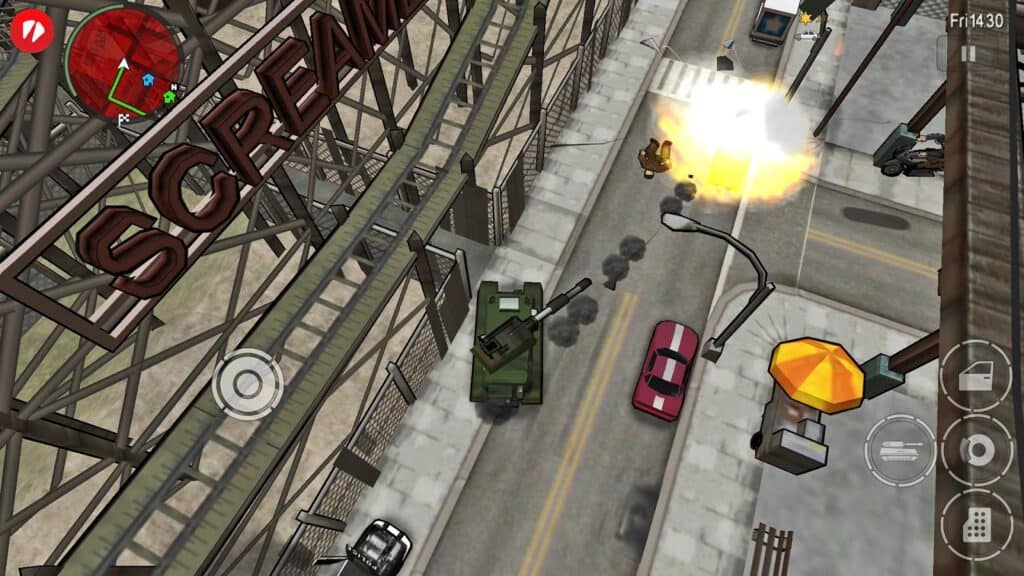
Grand Theft Auto: Chinatown Wars was another handheld title. This game initially launched on the Nintendo DS in 2009 before expanding to other platforms. Besides the Nintendo DS and PlayStation Portable, developers also released it on smartphones. The game used touch-screen controls in addition to traditional elements. For the first time in the series, the game introduced drug dealing as a subplot, where players could buy and sell narcotics to make money. As one would expect, this stirred some controversy. However, this made the game perhaps more popular, as tends to be the case with GTA titles.
Again, GTA was available in a top-down format, instead of the modern 3D world. Additionally, the game revamped the police chase mechanics. Players could now lower their wanted levels by destroying police cars, a distinct departure from merely escaping. While it is not the most popular game in the series, it has a unique place in the canon.
Grand Theft Auto V
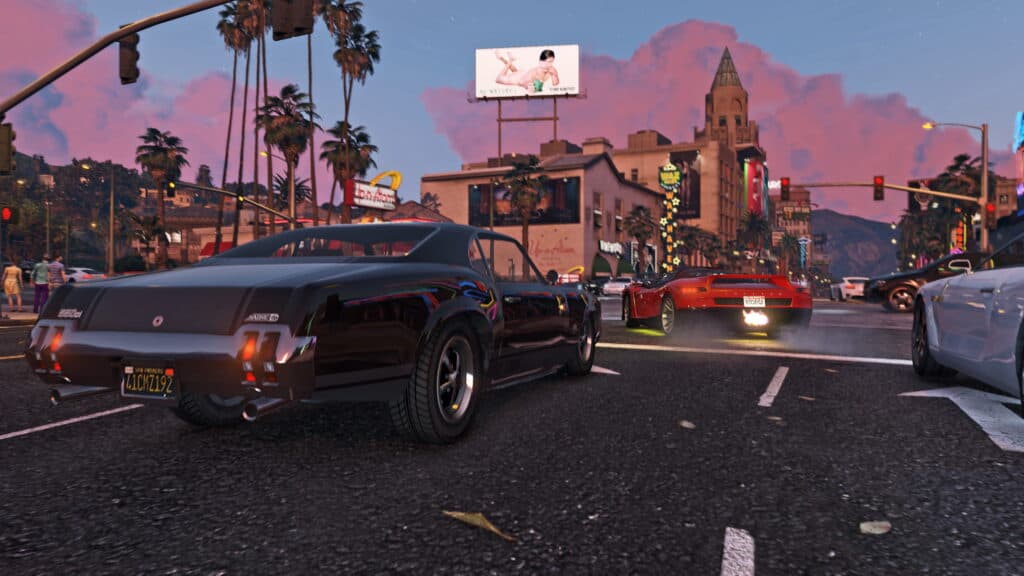
Grand Theft Auto V elevated the franchise to completely new heights. It introduced a multi-perspective narrative, featuring three separate protagonists. Michael, Franklin, and Trevor can each be controlled by the player. This was a game-changer. Each character had their own background, personality, skill set, and unique narrative. With the freedom to switch between characters at will, players could be part of action-packed heists one moment and trade stocks in the next.
Perhaps the most revolutionary aspect of Grand Theft Auto V, though, was its online multiplayer mode. Grand Theft Auto Online, allows up to 30 players to engage in a variety of activities, ranging from heists to races to owning businesses. This, combined with the expansions on the series’ signature elements, like vehicles, combat, and the wanted system, made Grand Theft Auto V one of the most important titles in the history of gaming. It also is the best-selling GTA title by a long shot.
The image featured at the top of this post is ©Rockstar.
